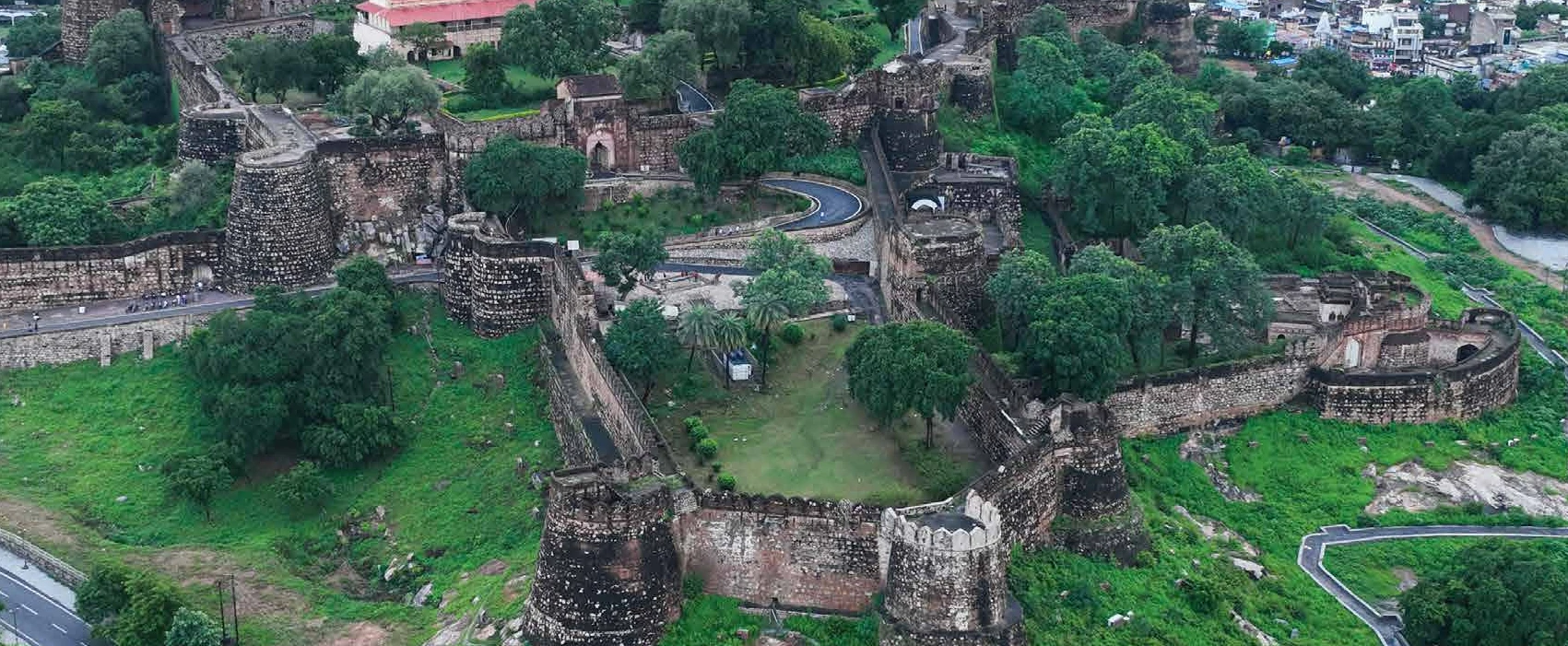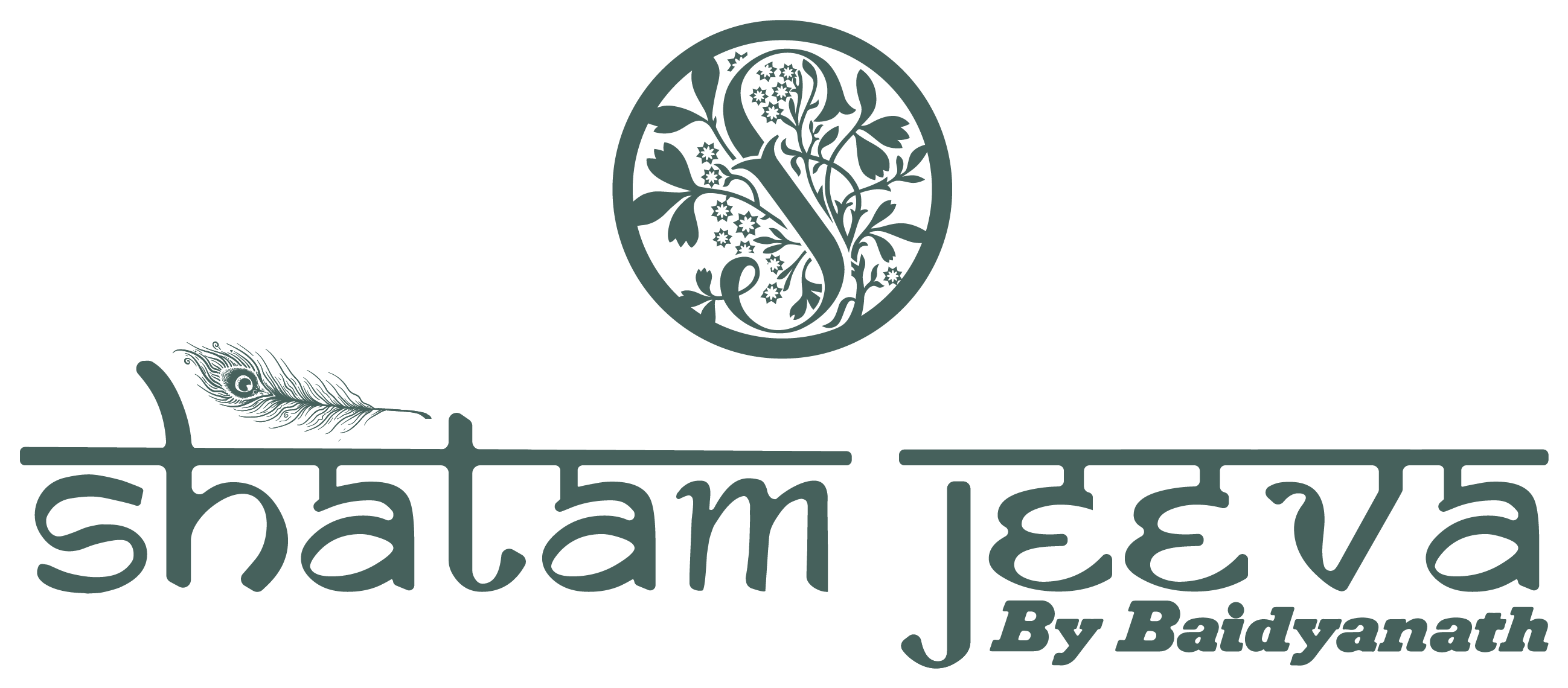
JHANSI FORT
Symbolises Bravery and Valour.
Located in the heart of Jhansi city, the Jhansi Fort was one of the most important centres of resistance to the British colonial rule during the Revolt of 1857. It is this aura that surrounds the grand fort and draws thousands of visitors to Jhansi each year.
Veer Singh built the Mauj Mahal inside the fort. From the Rajas of Orchha the fort passed to the Mughals and then
back to the Bundelas.
Under the Maratha administration, Jhansi Fort was extensively enlarged. The original Mauj Mahal was expanded and called Panch Mahal, or Five- Storied Palace. In 1742 CE, the Subedari or Governorship of Jhansi was given to Naro Shanker, who along with the construction of other buildings, extended Jhansi Fort and added a temple dedicated to Lord Shiva. This new extension was called Shankergarh.
In 1769 CE, the Subedari of Jhansi passed to Raghunathrao Newalkar, founder of the Newalkar Dynasty, to which Rani Laxmibai belonged. While Raghunathrao lived in Raghunath Mahal in Jhansi city, the fort continued to be the seat of administration.
After the death of Raghunathrao, his brother Shivraobhau built a city wall and added the main gate of Jhansi Fort.
During this period, the fort boasted 10 gates – the Khanderao Gate, Datia Gate, Bhanderi Gate, Unnao Gate, Bada Gaon Gate, Laxmi Gate, Sagar Gate, Orchha Gate, Saiyar Gate and Chand Gate.
Apart from the famous Shiv Mandir, there’s a Ganesh Mandir inside the fort, where the royal family regularly worshipped. It was during the reign of Jhansi’s last Maharaja, Raja Gangadharrao (r. 1843 – 1853) that the famous Kadar Bijli cannon was installed on the Jhansi Fort in 1850. Raja Gangadharrao had a deep interest in music and drama, and erected a beautiful baradari, the remains of which can be seen in the fort today.
Distance from Shatam Jeeva
9.2 kms















































